
Terranova UAV was able to detect the location of different species of corn on this field. Plus, we were able to assess the uniformity of the field prior to harvest.
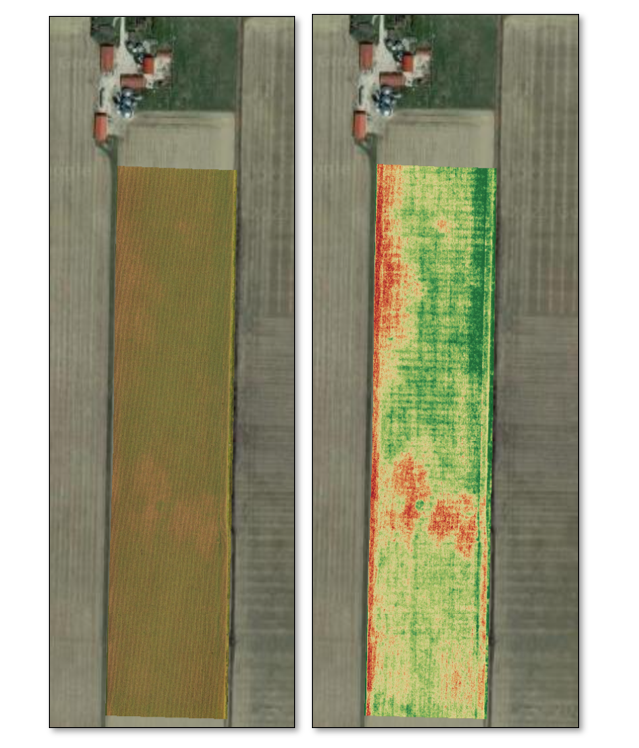
A visible spectrum and plant health maps were produced to evaluate the general plant health on a corn crop in Western Ontario. The red regions provided insights into the field’s soil fertility. Since this was a late-season study, the older plants indicated early maturity, hence richer soil at the beginning of the season. This helps our clients optimize nutrients and obtain higher yields thanks to uniform fertility across the field.
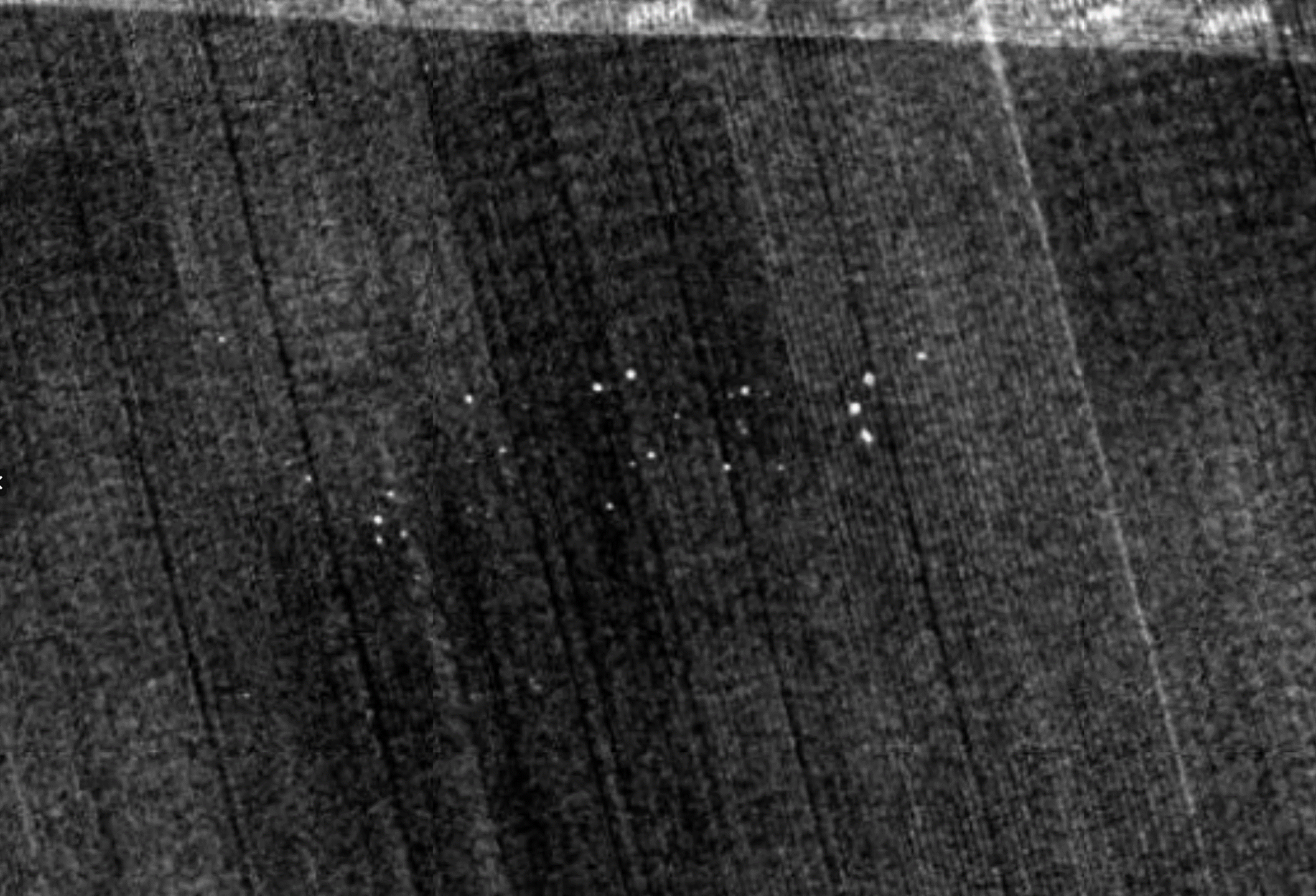
Using custom made vegetation indices, dandelion and burdock were detected in this winter wheat field, allowing our clients to accurately assess weed pressure and decide on herbicide application.

In this study, a late-stage plant count was performed using an advanced plant population mapping system. This report, enhanced by ground sampling, allowed us to estimate yields with high precision. In this case, 321,000 plants were counted in a 9.8-acre area. The resulting yield was 200 bsh/ac.
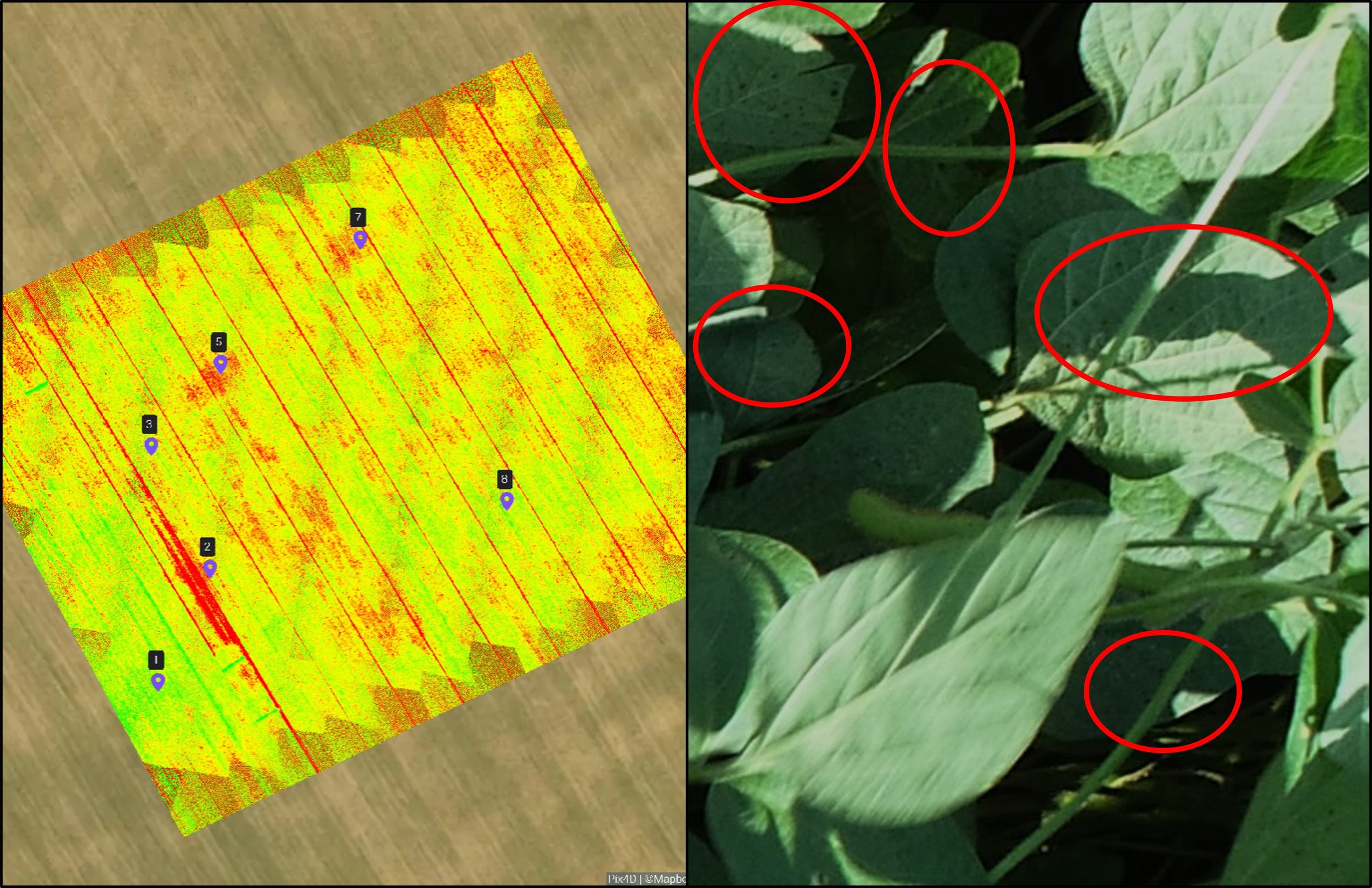
Combining georeferenced areas of concern and high resolution imagery, our client was able to find and treat aphids on his soybean field.

AI and photogrammetry were integrated in this case to provide our client with high precision plant counts and plant density analysis after planting to determine seed emergence and strategies to manage the field.

Using our multispectral mapping technology and our capability to take high resolution close up georeferenced aerial photos, we were able to detect sudden death syndrome on a soybean field. Because all the imagery is done from the air, there is no risk of carrying pathogens from direct contact with the plants.
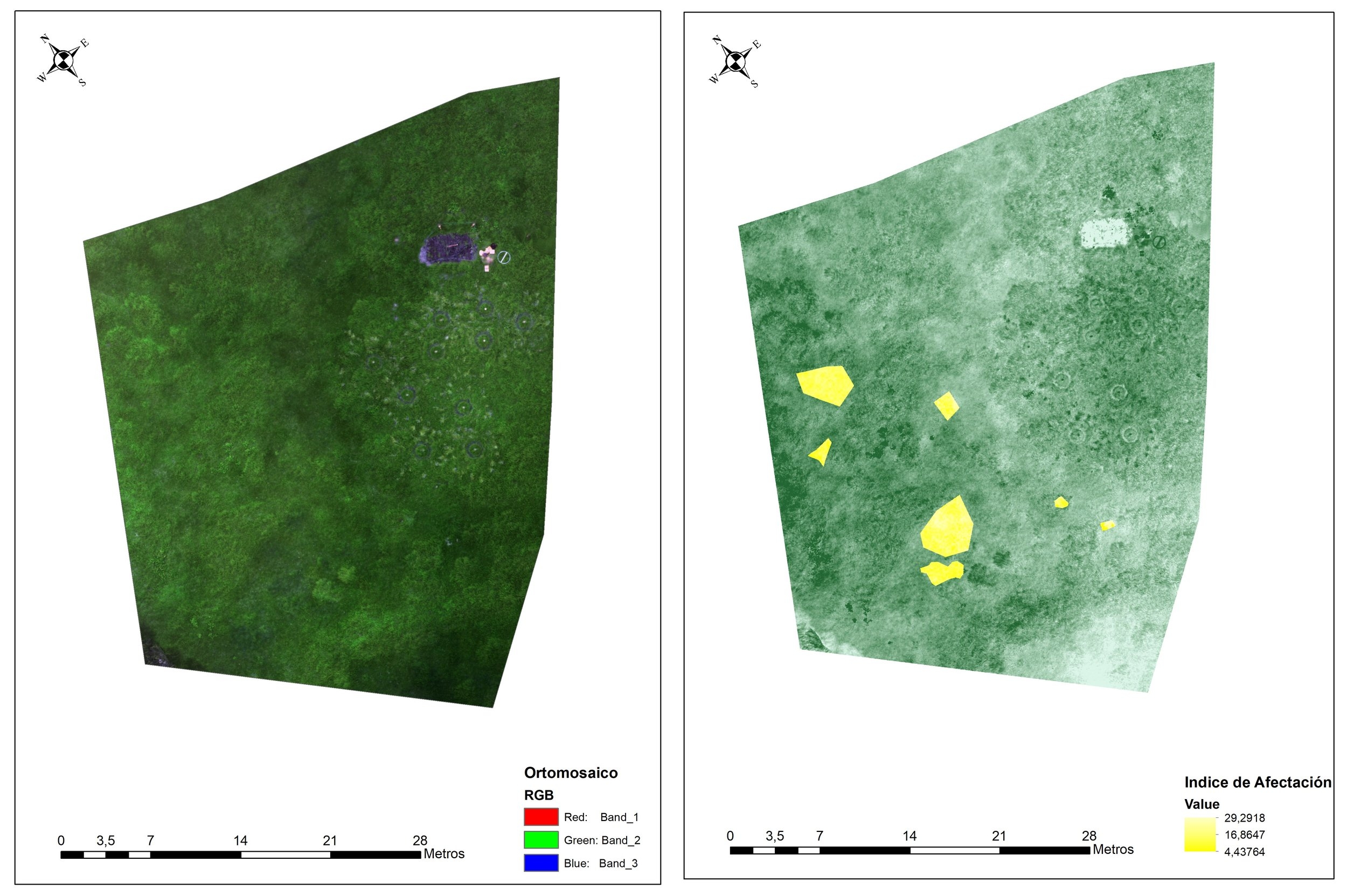
During this mission, we were able to find plague infested zones, which helped our client take immediate action to eradicate them.
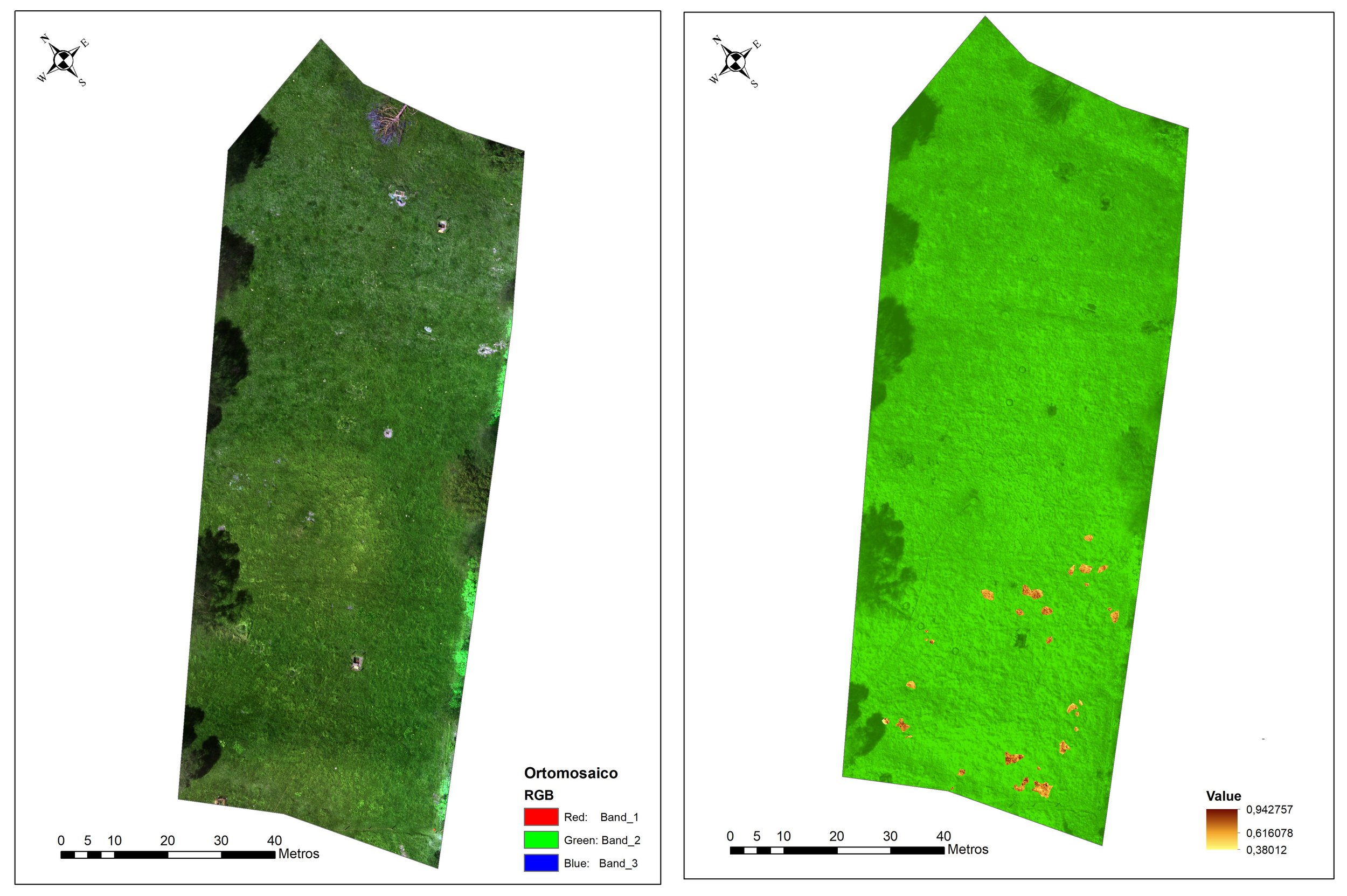
This study helped differentiate between species living in the crop to support decision making.
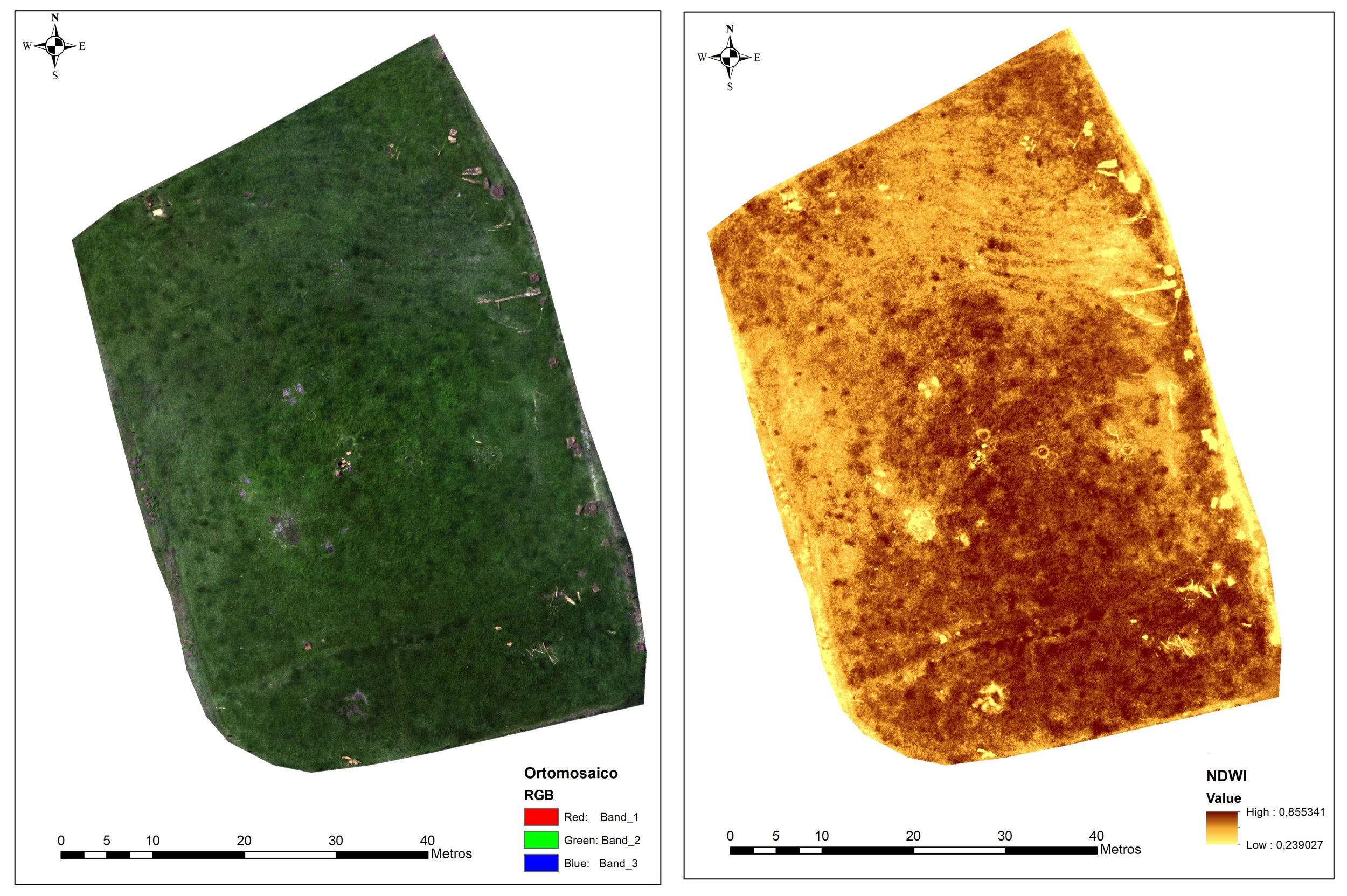
This study was performed to determine multiple nutritional values in plants.
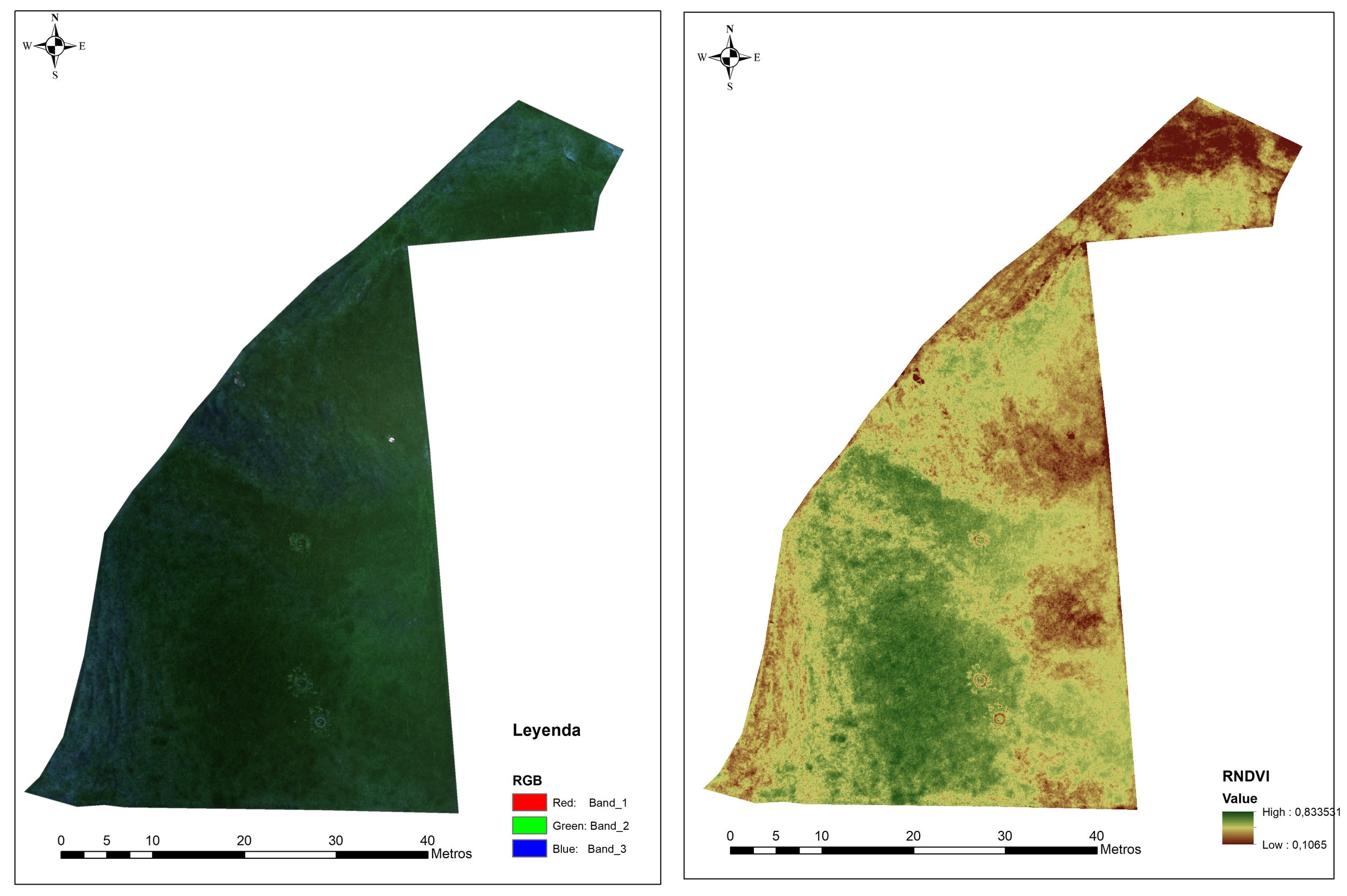
In this case study, we were able to detect protein-deficient areas. As a result, fertilizer application was focused on critical areas for an optimal plant health.
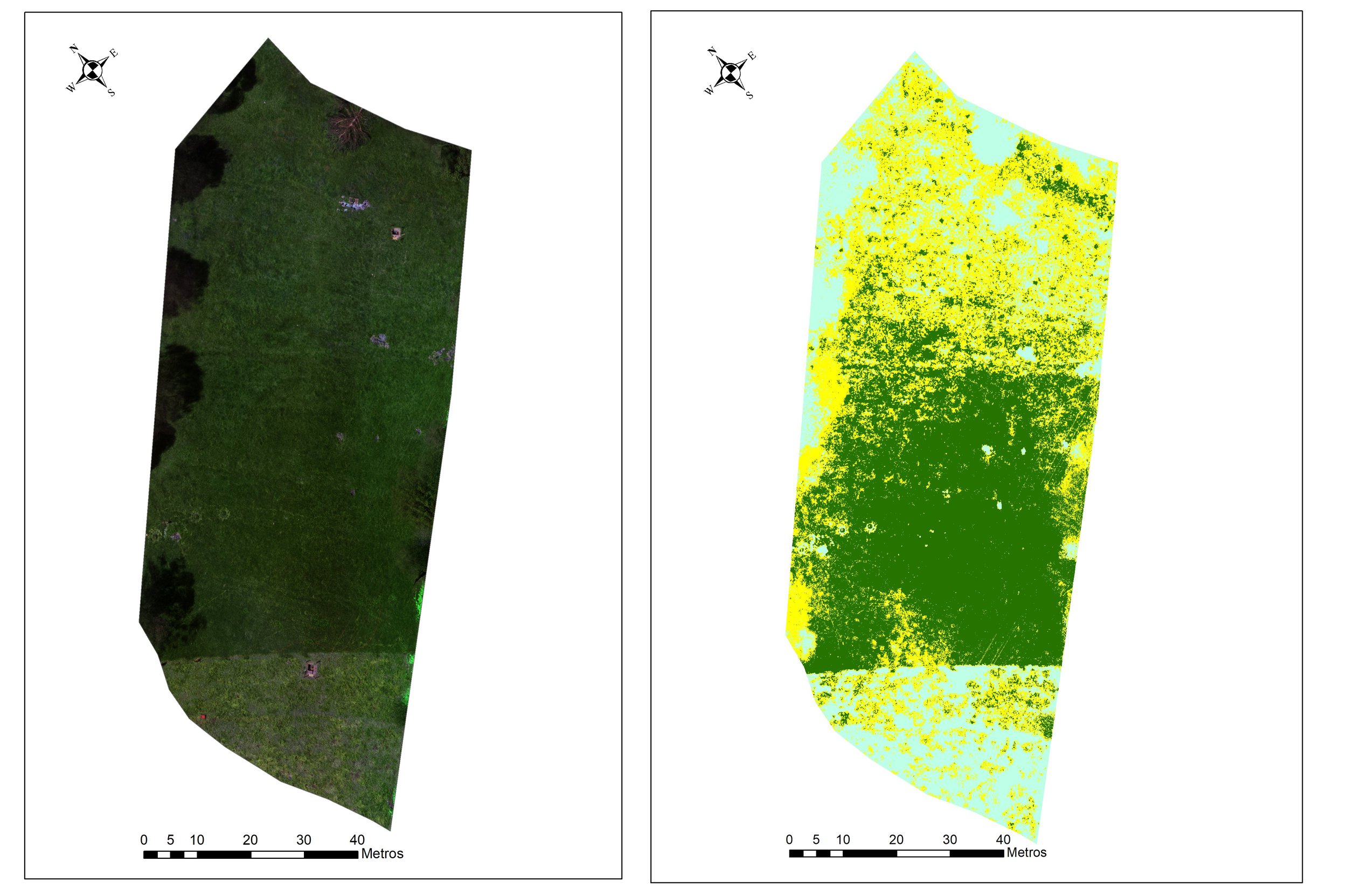
Localized nutritional values were observed during this study.













